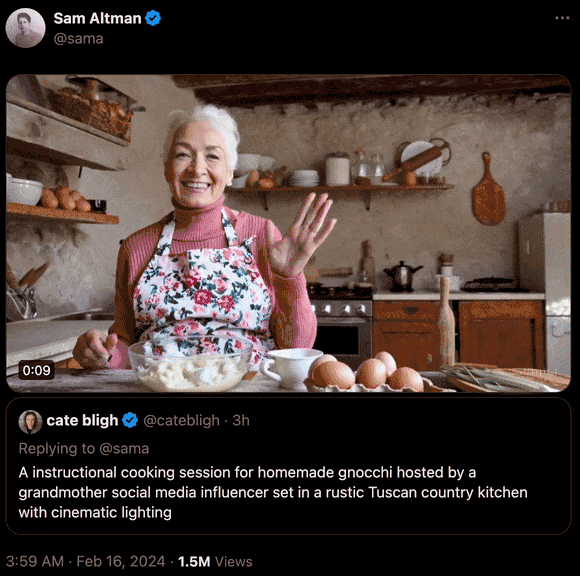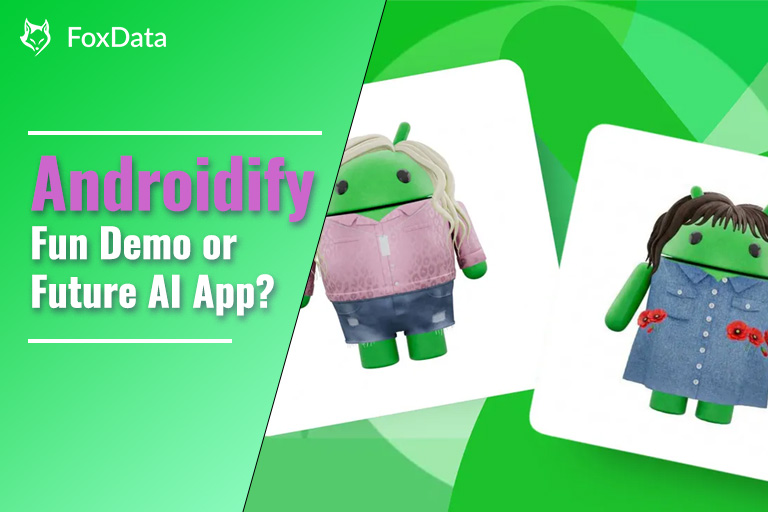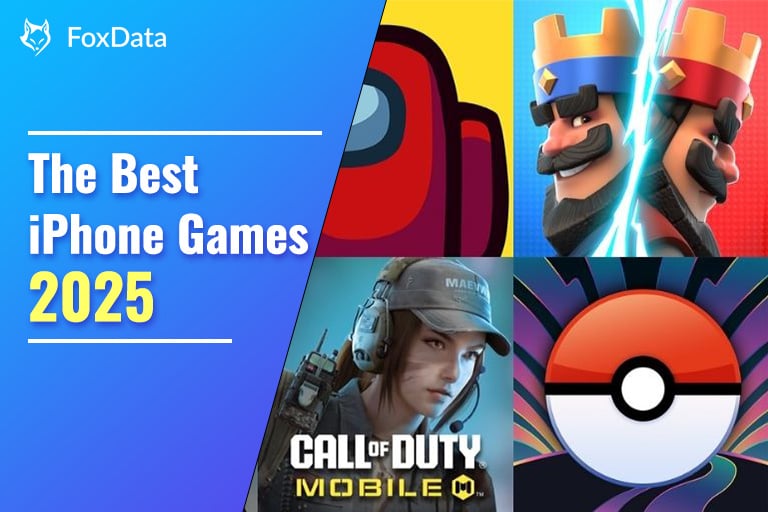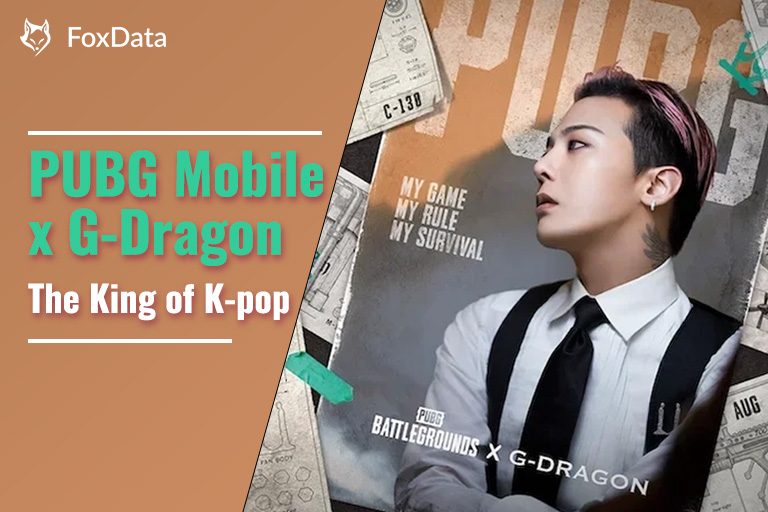Is Art Dead Again? Will the Industrial Revolution of the 21st Century Come Due to AI?
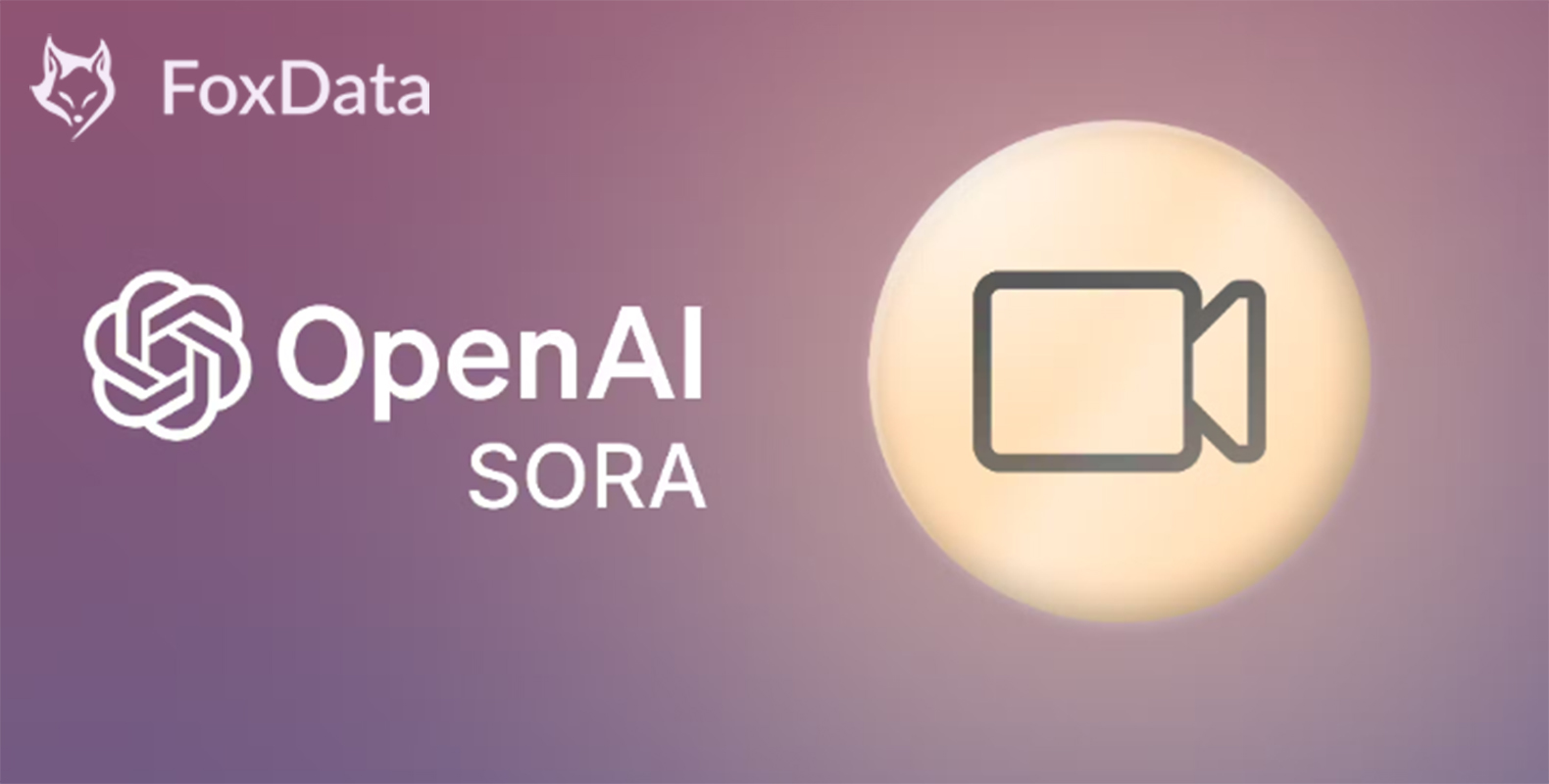
In recent years, we have witnessed a technological explosion: artificial intelligence, big data, and robots seem to have been pulled from a sci-fi-like distant future to right before our eyes, poised to have a tremendous impact on our lives. It is said that humans stand at the top of the food chain because we know how to use tools, but how will these tools in turn shape human society? Generative AI tools have already changed the creation of textual content, yet the visual and musical fields have largely remained unchanged. OpenAI suddenly released its first text-to-video model—Sora. The company behind the popular social media platform, Meta, has introduced an innovative artificial intelligence model named MusicGen. Next, let's take a good look at these two AI models that once again put art at risk.
Sora: Creating videos based on text prompts
OpenAI has suddenly released its first text-to-video model—Sora. It is capable of creating scenes that are both realistic and imaginative based on text instructions. By providing Sora with a command of 2 to 30 characters, it can generate a video up to one minute long, which can be a live-action film, an animation, or even a historical film, black and white film, 3D sci-fi film, and so on. AI video tools like Runway Gen 2 and Pika are still breaking through the coherence within a few seconds, while OpenAI has reached an epic record.
Taking a demonstration video as an example, in a 60-second one-shot video, the consistency achieved by the female protagonist and background characters is astonishing. Various shots switch freely, and the characters maintain a god-like stability.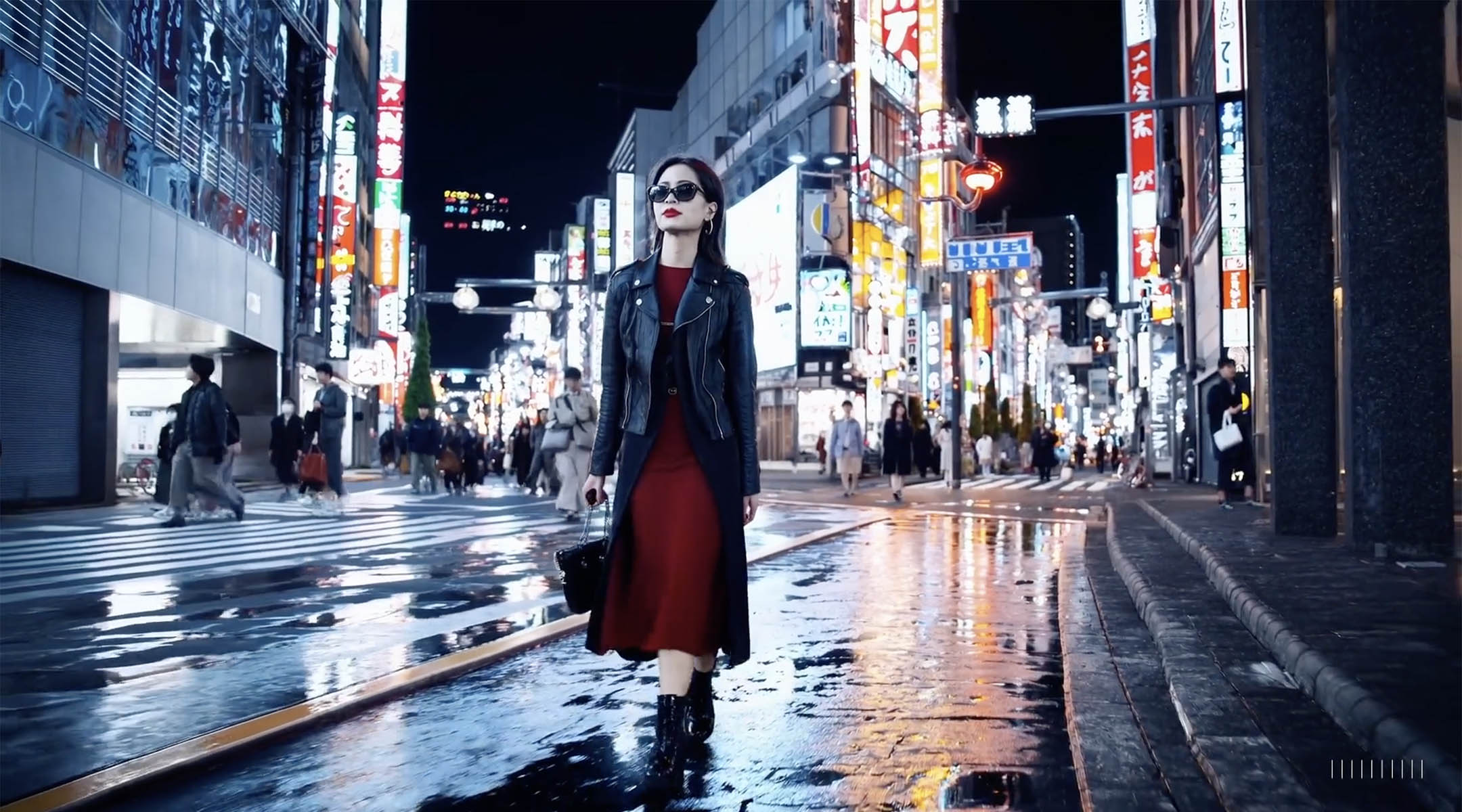
Sora Breaks Multiple Technological Records
Sora is a diffusion model that can start from what appears to be static noise in a video and, through a multi-step denoising process, gradually generate a video. Not only can Sora generate a complete video at once, but it can also extend a video that has already been generated.
By enabling the model to anticipate the content of multiple frames, the team successfully overcame the challenge of ensuring that the main subject in the video maintains consistency even when it temporarily disappears.
Similar to the GPT model, Sora utilizes a Transformer architecture, which enables outstanding performance scaling.OpenAI breaks down videos and images into smaller data units called "patches," each corresponding to a "token" in GPT. This unified data representation method allows the diffusion Transformer to be trained on a broader range of visual data, covering different durations, resolutions, and aspect ratios.
Based on the research findings of DALL·E and GPT models, Sora adopts the re-annotation technique of DALL·E 3, which generates detailed descriptions for the titles of visual training data, allowing the model to follow the user's text instructions more accurately when generating videos.
In addition to generating videos from text instructions, this model can also transform existing static images into videos, meticulously endowing the content in the images with vivid animation. The model can also expand existing videos or complete missing frames.
Sora lays the foundation for understanding and simulating the real world in models, and OpenAI considers this an important step towards achieving Artificial General Intelligence (AGI).
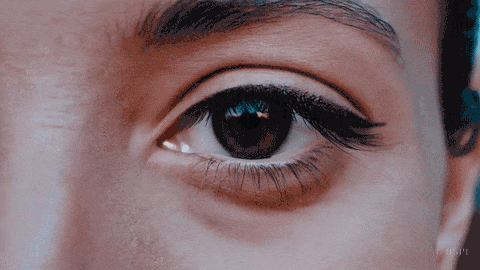
Sora: Bringing the AI Battlefield to Hollywood?
It may still be a long time before "text-to-video" poses a threat to actual film production. Although the videos showcased by OpenAI are impressive, they are undoubtedly carefully selected to show Sora at its best. Without more information, it's hard to know how representative they are of the model's typical output.
However, this does not prevent Sora and similar programs from completely changing social platforms like TikTok.
"Producing a professional film requires a lot of expensive equipment," Peebles says, "This model will make it possible for the average person to create high-quality video content on social media."
MusicGen: Creating New Music from Text Prompts
MusicGen is Meta's latest generative AI model designed for music creation. By utilizing advancements in deep learning and natural language processing, MusicGen can generate original music compositions based on text prompts. Whether you desire a specific type of track or hum a melody, MusicGen can produce variations and outputs that align with your desired audio style.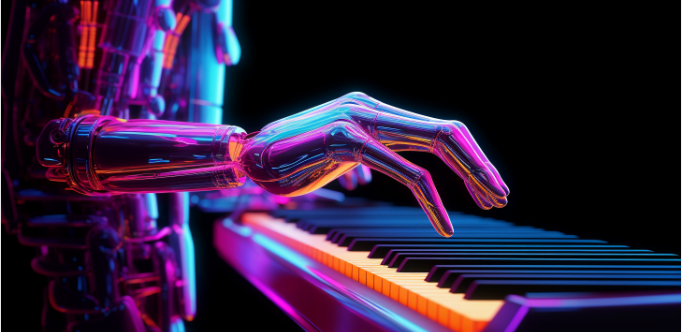
Google's MusicLM
To train MusicGen, Meta utilized a massive dataset of 20,000 hours of licensed music. This comprehensive training process enabled the AI model to grasp patterns, styles, and intricacies of various music genres. Similar to Google's MusicLM, MusicGen is based on a Transformer model, which is a type of neural network architecture known for its success in natural language processing tasks. This architecture allows MusicGen to effectively and accurately process both text and music prompts.
While MusicGen is not yet widely available, Meta has provided a demo to showcase its capabilities. In one instance, they took a Bach organ melody and provided the text prompt: "An 80s driving pop song with heavy drums and synth pads in the background." MusicGen then generated a completely new clip that closely resembled an 80s synth-pop track. Another example involved transforming Boléro into "An energetic hip-hop music piece, with synth sounds and strong bass. There is a rhythmic hi-hat pattern in the drums." Once again, MusicGen successfully produced new clips based on the provided text and audio context while staying true to the original melody.
Legal Challenges and Potential
As with any AI-generated content, MusicGen may face legal challenges, particularly regarding the unlicensed usage of copyrighted material. The music industry, known for guarding its intellectual property, may implement measures to regulate or restrict systems like MusicGen. However, MusicGen's unique combination of text and audio context in the generation process makes it challenging to effectively enforce regulations. This could potentially lead to AI-generated songs gaining popularity in the mainstream and consequently reshaping the music landscape. Furthermore, MusicGen's capabilities open up new possibilities for music creation beyond basic replication, providing musicians, marketers, and other professionals with innovative tools for producing original music.
MusicGen is an efficient single-stage model that processes tokens in parallel, ensuring fast and seamless music generation. To achieve this efficiency, the researchers decompose the audio data into smaller components, allowing MusicGen to handle both text and music prompts simultaneously. While MusicGen may not precisely replicate the orientation to the melody, the text prompt serves as a rough guideline for generation, facilitating creative input.
Other Models
In comparative evaluations, MusicGen outperforms other existing music models such as Riffusion, Mousai, and Noise2Music. It excels in both objective and subjective metrics, which assess how well the music aligns with the lyrics and the overall plausibility of the composition. Notably, MusicGen demonstrates superior performance compared to Google's MusicLM, making it a significant advancement in AI-generated music.
Meta's MusicGen AI introduces a groundbreaking approach to music creation by generating high-quality music clips from text prompts. While the future implications and legal challenges of this technology remain uncertain, MusicGen opens up new opportunities for musicians, marketers, and individuals to explore and create original music in various forms. With its ability to transform text inputs into engaging musical compositions, MusicGen represents a significant step forward in the realm of AI-generated music.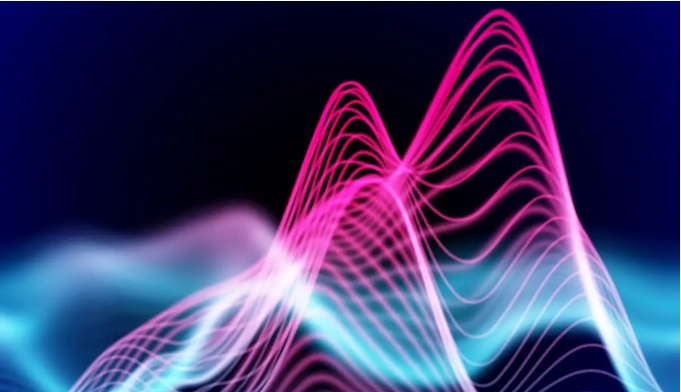
Now just join FoxData and embark on a business growth journey as we unveil a FREE App Data Analytics Tool, which boosts your downloads, increases your user base, and watches your performance soar to new heights!


